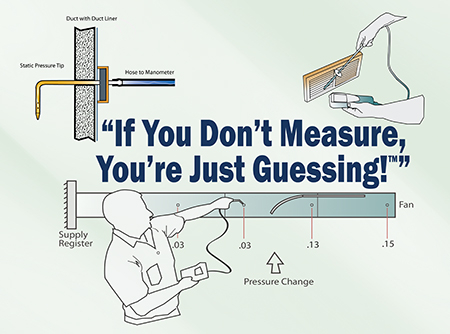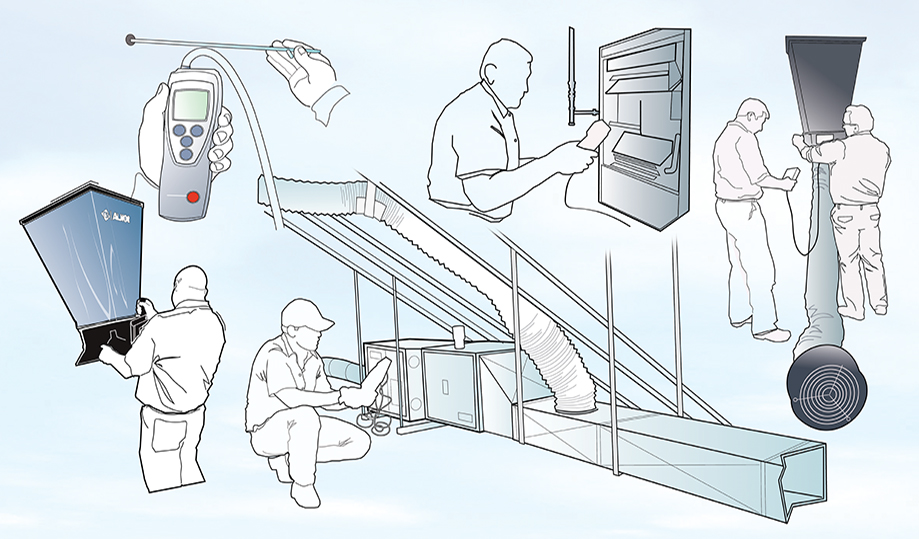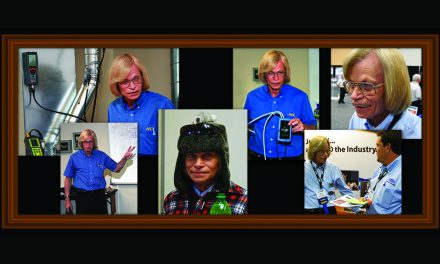I didn’t set out to become a High-Performance HVAC™ craftsman. Like many others, my career began by doing what I thought was good work, solving problems the best way I knew how, and trying to make a living in an industry that can be equal parts rewarding and frustrating.
I learned quickly that it’s not just about replacing boxes. It’s about understanding systems — how they breathe, how they move air, how they succeed or fail based on decisions made by everyone from carpenters to sales reps.

Somewhere along the way, I realized the industry I loved was being driven into mediocrity — not by malice, but by momentum. Bad habits became standard practices. Systems were oversized, ducts were undersized, and comfort became a crap shoot. That didn’t sit well with me. It still doesn’t. And it shouldn’t sit well with you, either.
The Wrong People Defining Our Work
One of the most eye-opening lessons I have ever learned is that most HVAC system sizes aren’t based on engineering principles.
They’re based on what fits in between the trusses. Trusses are typically spaced 24 inches on center, so HVAC equipment manufacturers design their equipment to be less than 21.5 inches wide to slide into place. That’s it. That’s the reason.
And because the unit is less than 21.5 inches wide, the return filter slot is cut to 20×25 inches or, at best, 20×30 inches or less.

That’s the number stamped on the door, so that’s what we install. Never mind that this setup is almost always undersized and that filters with too much resistance force air to go around rather than through. We were taught not to question it. But once you understand the reason, you can’t unsee it.
In other words, we’ve let carpenters and architects define how HVAC systems perform. That’s not just wrong, it’s dangerous. Comfort, efficiency, and performance are dictated by a framing layout. That must stop.
Here is where you can start. Calculate the area of any filter and multiply by 2. The result is the maximum air flow for proper filtration.
For example, 20 x 25 = 500, 500 x 2 = 1000 cfm max, or a 2.5-ton system limit. This size is commonly found in a 5-ton air handler, and it is one half the size it should be for best airflow filtration. Use two filter grilles on all five-ton systems!
A High-Performance HVAC Craftsman’s First Priority: The Airway
Every first responder knows that when someone collapses, you check their airway first. You don’t check their pulse, you don’t start chest compressions — you make sure they can breathe. Air is life.
It’s no different in HVAC. If the system can’t breathe, it can’t work. Yet I see it all the time — returns that are half the size they need to be, ducts so undersized they could choke a squirrel, and filters crammed into cabinets like an afterthought.
Click Below for the Next Page:













We have an HVAC Apprenticeship program. One of the main things I teach is that it is not always about the box (AC Unit) — it’s about the system or the building.
I teach techs that the first place they should look when questioning the air side is the return and the filter. One change that came about after COVID was increasing the MERV rating on the filters. That’s only okay if you increase the number of pleats to get a larger surface area to make up for the additional pressure loss.